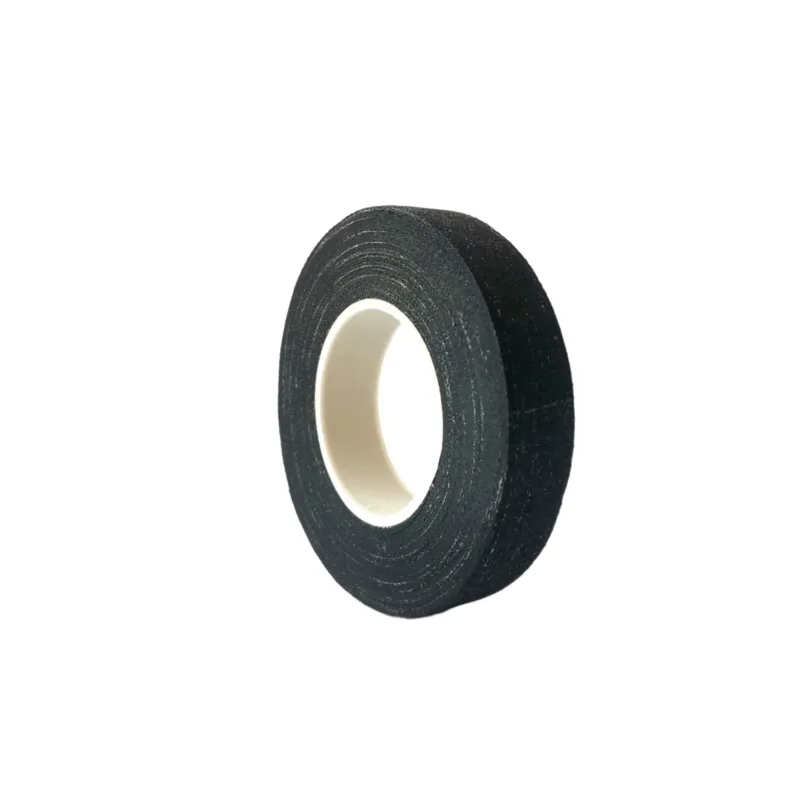Understanding Butyl Rubber Flashing Tape A Versatile Solution for Construction and Repair
Butyl rubber flashing tape is a specialized adhesive tape that plays a critical role in construction and repair applications. Known for its excellent waterproofing capabilities and durability, this tape is designed to provide effective sealing solutions in various environments. Whether you are a professional contractor or a DIY enthusiast, understanding the benefits and uses of butyl rubber flashing tape can enhance the effectiveness of your projects.
What is Butyl Rubber Flashing Tape?
Butyl rubber flashing tape is made from a synthetic rubber polymer that exhibits unique adhesive properties. The tape usually consists of a thick layer of butyl rubber coated on one side with a protective backing, which is removed when the tape is applied. Its high tackiness and ability to conform to different surfaces make it ideal for creating watertight seals. This tape can be used on a variety of substrates, including metal, wood, plastic, and masonry.
Key Benefits of Butyl Rubber Flashing Tape
1. Superior Adhesion One of the standout features of butyl rubber flashing tape is its exceptional adhesion. The tape sticks strongly to surfaces, ensuring that it remains in place even under challenging conditions. This is particularly important in construction, where reliability is key.
2. Waterproofing As the name suggests, flashing tape is primarily used for waterproofing applications. It creates a barrier that prevents water from penetrating through joints, seams, and other vulnerable points in roofs, walls, and windows. This helps in preventing leaks and damage that can compromise the structural integrity of a building.
3. Temperature Resistance Butyl rubber is known for its impressive temperature resistance. The tape can perform in a wide range of temperatures, making it suitable for both hot and cold climates. This versatility is crucial for outdoor applications, where weather conditions can vary significantly.
4. Flexibility and Conformability The flexible nature of butyl rubber allows the tape to conform to irregular surfaces and edges without losing its sealing properties. This characteristic makes it ideal for use on uneven surfaces, where other types of tape may fail to create a proper seal.
5. UV Resistance Many butyl rubber flashing tapes are manufactured to withstand UV exposure. This feature ensures that the tape maintains its integrity over time, resisting degradation from sunlight, which is particularly important for exterior applications.
Common Uses of Butyl Rubber Flashing Tape
Butyl rubber flashing tape is widely used in various applications within construction and repair projects, including
- Roofing It is extensively used to seal roof penetrations, flashings, and joints in roofing systems. The tape is applied under shingles, metal flashings, and other roofing materials to ensure complete waterproofing.
butyl rubber flashing tape

- Windows and Doors The tape is also utilized around window and door frames to create a seal that prevents air and water infiltration. Proper sealing in these areas helps improve energy efficiency and protects against moisture damage.
- Siding and Cladding In the installation of siding and cladding, butyl rubber flashing tape is used to seal seams and joints, ensuring that rainwater does not enter the building structure.
- HVAC Systems The tape is effective in sealing ducts and connections in HVAC systems, allowing for better energy efficiency and reducing unwanted air leaks.
How to Apply Butyl Rubber Flashing Tape
Applying butyl rubber flashing tape is a straightforward process, but it requires careful preparation for the best results. Here are some steps to follow
1. Surface Preparation Ensure the surface is clean, dry, and free from debris, dust, or grease. A clean surface maximizes adhesion.
2. Measure and Cut Measure the length required for your application and cut the tape accordingly.
3. Apply the Tape Remove the protective backing and press the tape firmly onto the prepared surface. Smooth out any wrinkles or bubbles to ensure a secure bond.
4. Seal the Edges Make sure the edges of the tape are properly sealed to prevent water infiltration.
5. Test the Seal After application, it is advisable to test the seal by applying water to the area to ensure there are no leaks.
Conclusion
In summary, butyl rubber flashing tape is an essential product in the world of construction and repair. Its superior adhesion, waterproofing capabilities, and durability make it a valuable tool for both professionals and DIYers alike. By understanding its benefits and applications, you can enhance the quality and longevity of your projects, ensuring that they stand the test of time. Whether you're sealing roofs, windows, or siding, butyl rubber flashing tape offers a reliable solution that you can trust.
-
XIANGFAN Rubber Tape-Ultimate Solutions for All Your Insulation NeedsNewsJun.24,2025
-
XIANGFAN Rubber Tape-Protection for Industrial and Residential ApplicationsNewsJun.24,2025
-
XIANGFAN Rubber Tape: Superior Safety and Sealing for Demanding EnvironmentsNewsJun.24,2025
-
XIANGFAN Rubber Tape: Reliable Solutions for Every Electrical ChallengeNewsJun.24,2025
-
XIANGFAN Electrical & Industrial Tape: Powering Reliability Across IndustriesNewsJun.24,2025
-
XIANGFAN Electrical & Industrial Tape: Excellence in Every ApplicationNewsJun.24,2025
